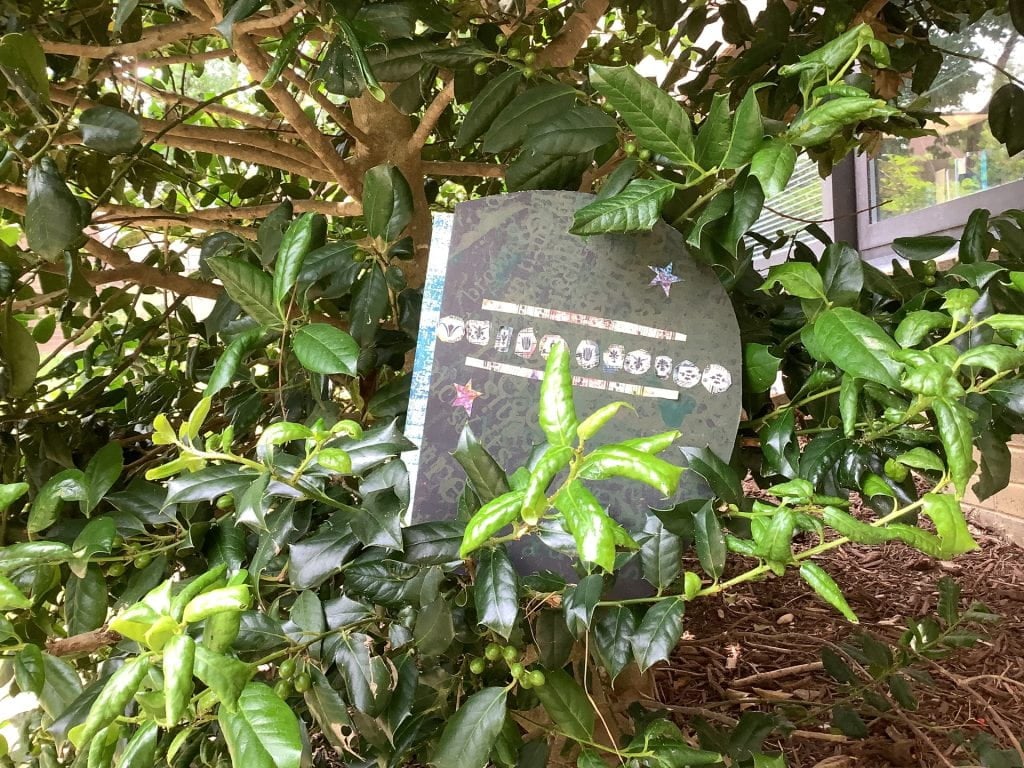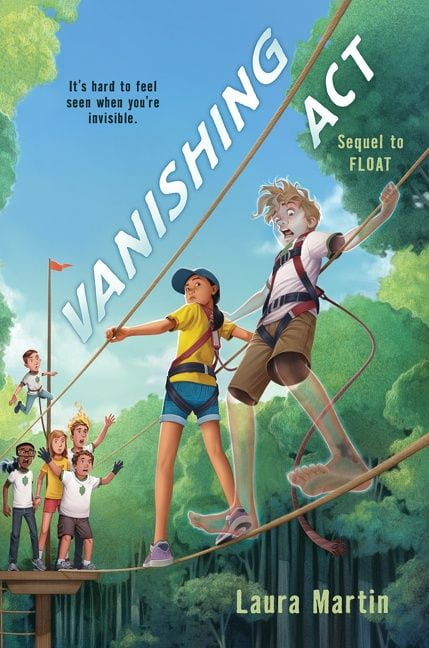At the end of the school year in Language Arts, we had to create our own TED talk. We chose our own topic, made our own slides, and wrote what we were going to say. At first I was a little freaked out. I mean, that’s a lot of stuff to do. And it’s at the end of the school year! But once I picked my topic – 6 Good Books to Read in 6th Grade – it got a bit easier. I compiled a list of random books that I read and have liked, and put them together on slides. It was hard finding copyright free book cover images, but I managed.
Our teacher gave us a list of tips from someone that had done TED talks before, and those tricks came in handy. Some examples of the tips were stuff like, “If you have more than one image on the screen the background should be black” and “Think simplicity and contrast.” There were a lot more helpful tips that I tried to use. Once I had put together the slides, the real challenge came-what I would say. The hard part wasn’t what to say, it was how long it took. I had my talk memorized without ever writing it down, but the problem was that it was way too long. We had 5 minutes to give our TED Talk, and my talk… was 9 ½ minutes. My friend helped me write it down so that I could see what to cut. She said, and I quote: “write the summary of the summary”. And you know what? It worked!
This whole process took a while, especially with the fact that I procrastinated in the beginning. Because of that, I was the 2nd-to-last person in the class to go. When I got up to present, I was pretty nervous. What if I blank? What if no one laughs at my jokes? What if I take too long? What if? What if? But once I got up there and started speaking, I did it! I knew what I was going to say and it felt pretty good. And let me tell you something. It feels GOOD to be done with that. When you start it’s annoying and looms over you, then as you get closer to a deadline you start to panic and work on it nonstop. Then you are done! I would highly recommend trying this, even if it’s just with friends and family. 


 This year, in Language Arts class at the beginning of the year, we read a book called
This year, in Language Arts class at the beginning of the year, we read a book called 


 A book that I read recently that I enjoyed was the book
A book that I read recently that I enjoyed was the book